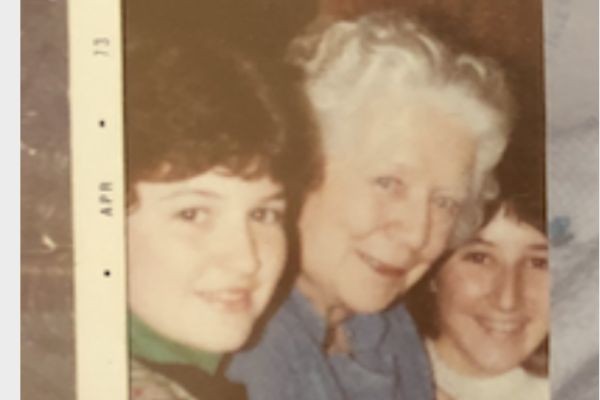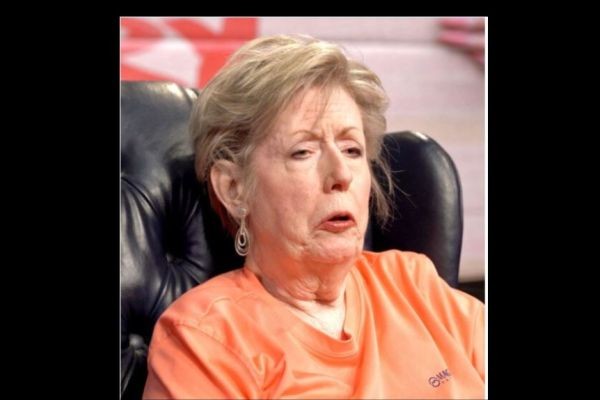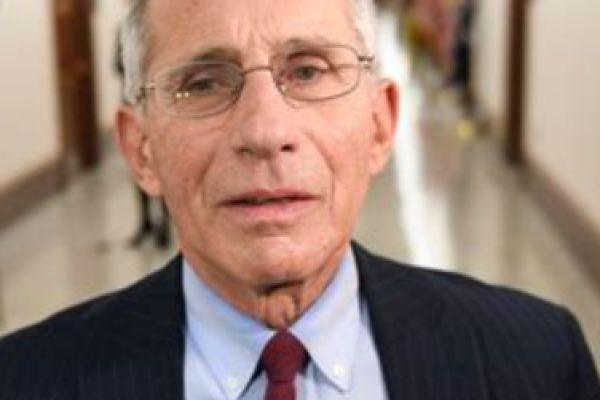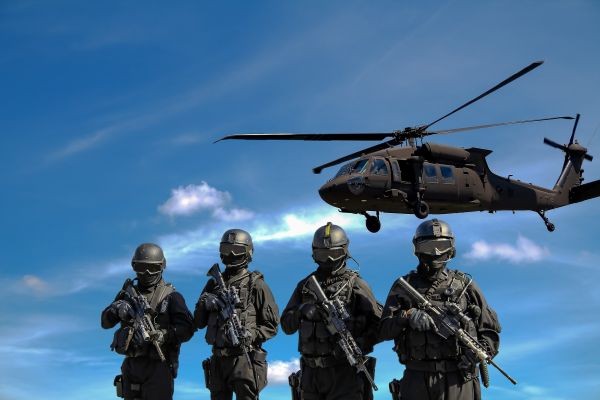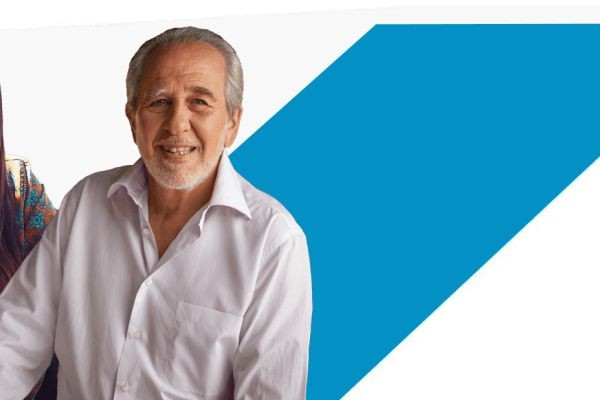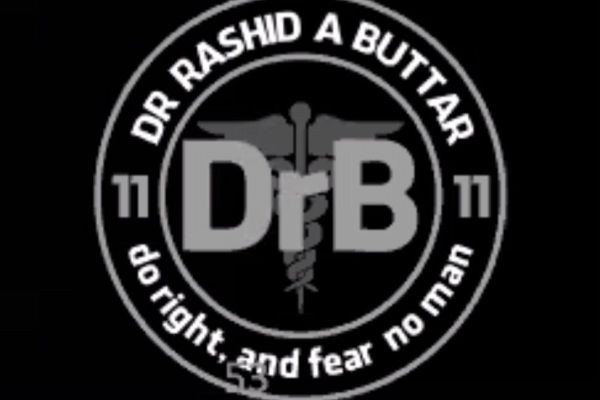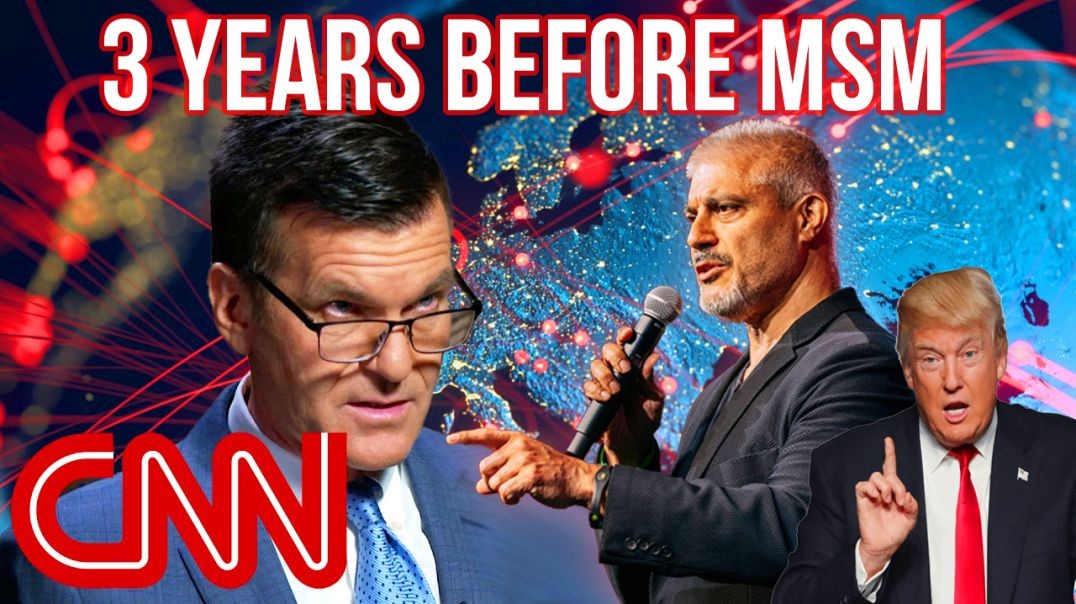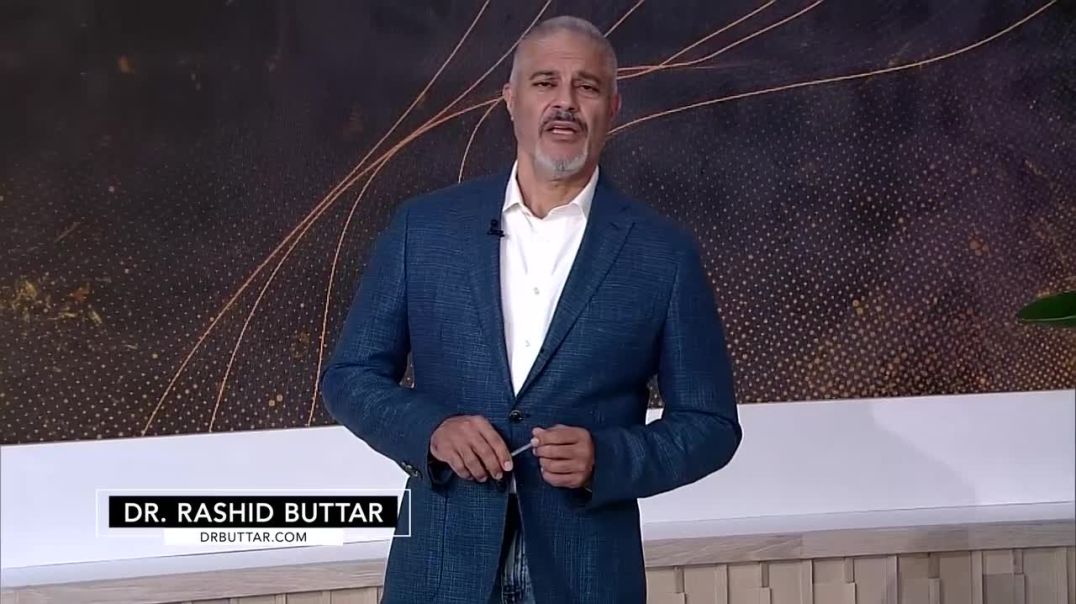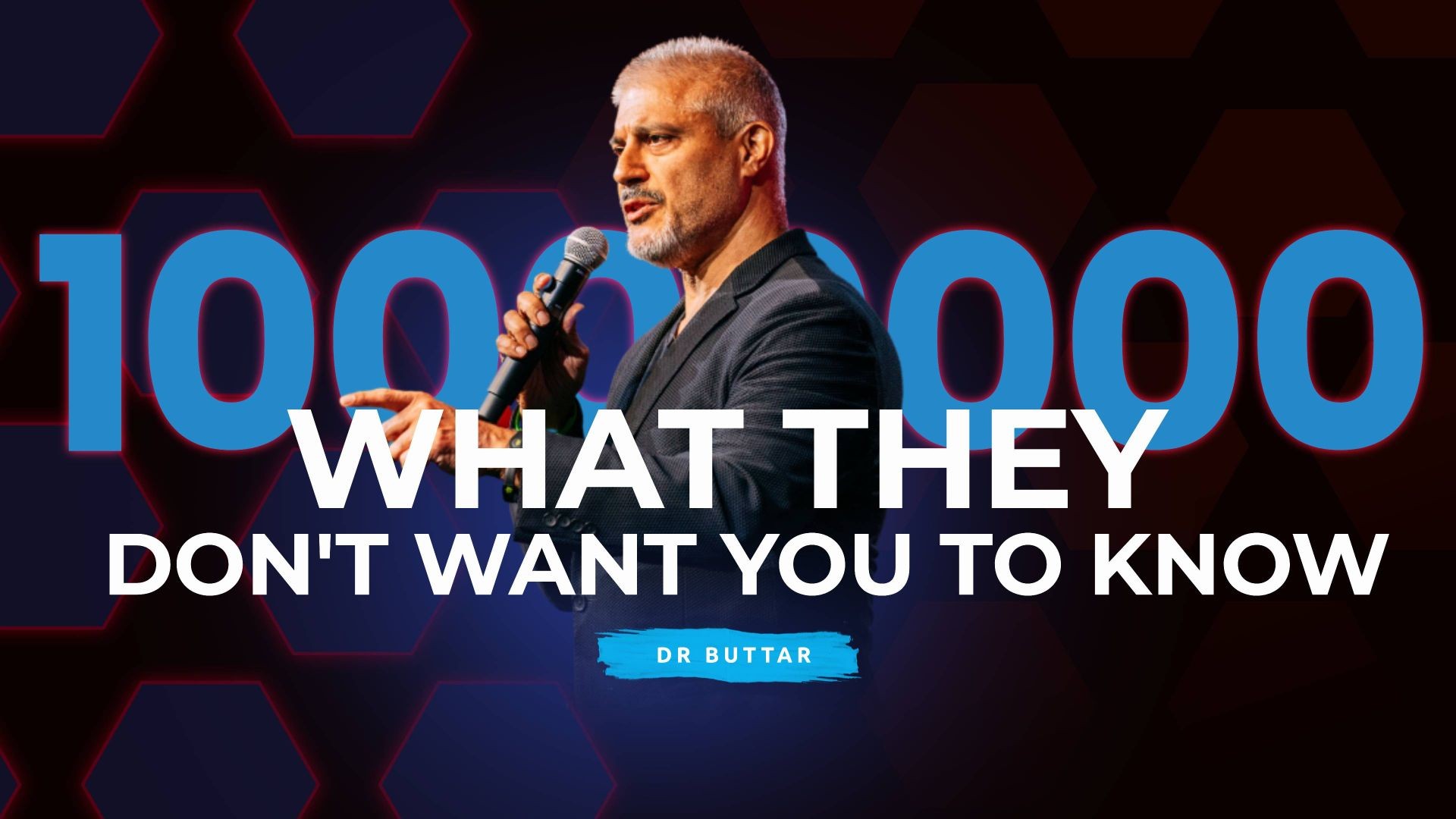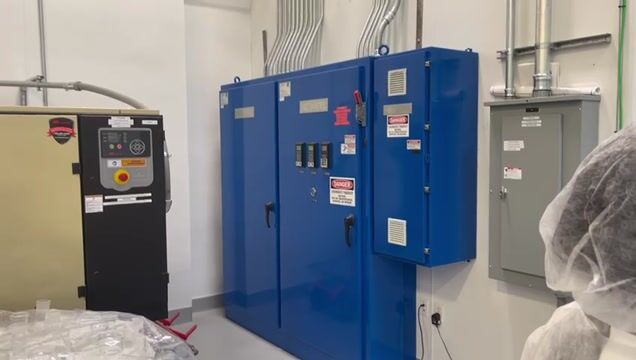May 3, 2024 - Beth Lambert - Executive Director, Epidemic Answers and The Documenting Hope Project
Source Article - Spelling to Communicate (S2C) - Epidemic AnswersThis blog post about Spelling to Communicate (S2C) is excerpted and amended by Patricia Lemer from the
Vietnamese version of her award-winning book, Outsmarting Autism, Updated and Expanded: Build Healthy
Foundations for Communication, Socialization, and Behavior at All Ages. (Please see the post for Sources,
References & Resources as well as More to Explore sections.)
Background on Spelling to Communicate
For many years, therapists and caregivers have developed ways to assist those who don’t speak to
express their needs, thoughts, emotions, and desires. These all fall under the huge umbrella of
“alternative and augmentative communication (AAC).”
In recent times, many AAC methods have included a communication partner to assist the disabled
person’s ability to point to letters and pictures by supporting their arms and hands. These newer
methods of “facilitated communication” have fallen under severe scrutiny and have been criticized
by experts in the field of speech and language, who believe that the adult manipulates the
non-speaker’s hand and arm to elicit the desired response. Yet, those who are working with
students, who are successful at moving beyond having a communication partner, to becoming
independent spellers, are certain that they are not influencing what their students are writing.
In the 1990s, Soma Mukhopadhyay, a highly educated chemist from India, was convinced that
her non-speaking son Tito, diagnosed at age three with severe autism, had strong intellectual
aptitude, despite his limited motor abilities. She tutored him tirelessly, prompting him to point to
numbers and letters in books, while physically assisting his body through the motions.
By working with her son, Soma developed what she called the Rapid Prompting Method (RPM).
Tito, now an adult, wrote a book, called How Can I Talk if my Lips Don’t Move? when he was only
a preteen. In 1999, experts from the National Autistic Society of Great Britain determined that Soma
was correct: Tito was intellectually gifted. Soma and Tito later come to the United States to share
their expertise with American children, and have settled in Austin, Texas.
This approach has proven to be a miracle for hundreds of nonspeaking individuals on the spectrum.
RPM is an academic-based method in which the teacher creates a “teacher-student response loop.”
The Next Chapter of Facilitated Communication
On July 1, 2019, Judy Chinitz’s life and that of her 27-year-old nonspeaking son, Alex, drastically
changed. At the insistence of a friend, Judy drove Alex from their home in New York to Virginia.
Since his diagnosis of “regressive autism” at the age of two, Alex had attended special education
classes, where he was exposed only to basic skills. His IQ measured around 40, and experts
concurred that he was profoundly autistic and cognitively impaired. Judy believed that not only
could he not speak or read, but that he did not even know the alphabet.
The purpose of this trip was for Alex to be evaluated by Elizabeth Vosseller, a seasoned speech-language
pathologist, who had learned RPM while training with Soma around 2015-2016. Vosseller had been
helping her clients use many types of assistive technology to communicate, and although many
were successful, others struggled. In an attempt to help the unsuccessful communicators, Vosseller
started using letterboards, which look like stencils. In 2017 word of Vosseller’s innovative adaptation
of RPM, which she called Spelling to Communicate (S2C), spread like wildfire in the autism community.
What a shock, when after working with Alex, for only a short time, Elizabeth declared, “Your son is
not cognitively impaired; he has perfect language in his brain.” Judy, who holds a master’s degree
in Special Education, had been to hundreds of professionals, and none had ever told her, what she
had always suspected: that her son had potential. She was one of the first “warrior moms,” and had
spent a gazillion hours and hundreds of thousands of dollars researching and trying out dozens of
traditional and alternative therapies. But because Alex could not communicate, his family and teachers
believed that he had limited ability to learn.
Once Alex began to communicate, Judy discovered that he had been sneaking into his brother’s room
and reading his college texts. Not only could he read, think, and reason, he was able to comprehend
French, do higher level mathematics, and discourse about history and geography! Judy could barely
contain herself. She shared her joy on Facebook, and in my first interview with her on “The Autism
Detective” podcast that I host.
On the other side of the USA, a few months later in Portland, Oregon, J.B. Handley, a warrior dad and
father of then 17-year-old Jamie, had a similar experience. J.B. had been active in the autism community
for many years and had bonded with families all over the world, who had nonspeaking children. In 2005,
he had co-founded Generation Rescue, one of the first parent organizations that believed autism could
be healed. A text from his friend Honey Rinicella, in Philadelphia, the mother of identical twin sons with
autism, related the remarkable story of her nonspeaking son Vince, slightly older than Jamie, who over
the course of only a few months, had emerged from his silent prison through the use of a letterboard.
Honey begged J.B. to take Jamie to be evaluated by Dawnmarie Gaivin (aka “DM”), an RN with two
nonspeaking autistic sons, who lived near San Diego. DM and Dana Johnson, an occupational therapist
in Tampa, Florida, had partnered with nonspeakers. J.B., like Judy, was blown away when, after a short
time, Jamie began communicating. “We didn’t even know that Jamie could spell,” confessed Handley.
Apraxia of Speech
Both Judy and J.B. were told that their sons were unable to speak, because they had apraxia of speech.
“Apraxia” and its less severe cousin “dyspraxia” are motor impairments that affect the coordination of
both gross and fine motor skills, and are common in autism. Read about the relationship between reflexes
and apraxia in Chapter 11 of Outsmarting Autism.
Because the brain and body are “out of sync”, an individual with even mild dyspraxia has difficulty initiating
action, motor planning, and maintaining momentum to complete an action. Often, the person they are trying
to communicate with does not allow sufficient time for their minds and bodies to coordinate, so lack of
understanding is assumed. “My body is not my friend,” claims an anonymous speller. “I cannot count on it
to do what my brain tells it to do in a reliable fashion.”
Judy and J.B. had heard of apraxia and dyspraxia over the years from both speech-language pathologists
and occupational therapists. They understood how their sons’ motor impairments had affected their ability
to initiate play, ride a bike, write, and participate in sports. But no one had ever explained that speech is
the most complex motor skill that we humans perform. To make words, the lips, tongue, cheeks, throat
and diaphragm all must work together as precisely as instruments in a symphony orchestra.
What they didn’t “get” is that speech is motor, while language is cognitive. Remember Stephen Hawking,
the brilliant physicist, with the neurological disease, Amyotrophic Lateral Sclerosis (ALS)? His disease robbed
him of purposeful motor skills, including the ability to talk for the last 30 years of his life. Yet, no one questioned
his intelligence, because he had proven he was brilliant before he got sick. Alex, Jamie, and other nonspeakers
like them, had not, so no one had “assumed competence.” A basic tenet of all methodologies that use
spelling as communication is ASSUME COMPETENCE.
Dyspraxia of Speech
While mild dyspraxia of speech is more difficult to diagnose than apraxia, it can interfere with verbal communication
in those who are minimally or unreliably speaking. Read about dyspraxia in autism in Chapter 13 of Outsmarting
Autism. Some of these individuals may have an autism diagnosis, but not always. Experts have demonstrated that
some of those with Down syndrome, who appear cognitively impaired, have a great deal to say when taught to use |
a letterboard. Those with “learning disabilities” can also show significantly better expressive language when
communicating with a letterboard than with pencil and paper, or even on a computer. In the words of a 20-year-old
young man I know, “I think that I’m challenged by communication in a way that is isolating because I seem like I
can talk, but mostly what I say only scratches the surface.”
Bypassing Apraxia and Dyspraxia
S2C teaches individuals with autism, Down syndrome, cerebral palsy, and other motor challenges how to master
the purposeful motor skills necessary to communicate by pointing to letters, one by one, and to spell as an
alternative means of communication (AAC). The goal is to achieve synchrony between the brain and body.
Skilled and rigorously trained helpers called “communication and regulation partners” (CRPs) teach purposeful
motor skills using a hierarchy of verbal and gestural prompts. With repeated practice, new neural pathways
myelinate, and motor skills improve.
Back to RPM. So, while similar, RPM and S2C are actually inversely related. RPM is an EDUCATIONAL
TECHNIQUE FIRST; communication is a byproduct, not the primary objective. S2C, which evolved from
RPM, is a COMMUNICATION METHOD FIRST, and a byproduct is that students can then access academics.
That distinction matters because it explains why some things, like touching the student, are acceptable in
RPM, but are not part of the practice standards in S2C and vice versa. What these two methods have in
common is that they use the same “low tech” assistive technology tools with different approaches.
Growing Kids Therapy Center (GKTC) and The International
Association for Spelling as Communication (I-ASC)
GKTC is the center in Herndon, VA to which Judy travelled for Alex to be initially evaluated by Elizabeth
Vosseller. GKTC offers both in-person and virtual services assisting families near and far. Vosseller is
the Executive Director of I-ASC (pronounced I Ask), where DM and Dana Johnson helped define the
standards and scope of S2C, before they left to form Spellers Method. The mission of this 501c-3
non-profit, is to advance communication access for non-speaking individuals globally, through training,
education, advocacy, and research.
Spellers Method
Visual Skills and Dyspraxia of Speech
DM and Dana recognized not only the necessity of efficient, purposeful motor skills, but also the role
of underlying deficient visual and visual-motor skills in their students with autism. They were both
familiar with developmental optometry, and coincidentally, DM’s office was in the same town as
neurodevelopmental optometrist, Susan Daniel, who also has an adult nonspeaking son with autism.
Return to Chapter 14 of Outsmarting Autism to review the relationship between motor and vision skills,
and how inefficient eye movements can interfere with all aspects of learning and behavior. Recall that
many individuals with autism have a strabismus, or eye turn, that prevents them from having efficient
binocular vision and depth perception. Understand that vision therapy can remediate this condition and
teach the eyes and brain to work together consistently and effectively.
Dr. Daniel became interested in using a letterboard with her son. She fully understood that apraxia
affects many aspects of vision, including eye movements and fixation. She observed how difficult it was
for some nonspeakers to scan the letterboard containing the entire alphabet to spell, and suggested
modifications to the more traditional letterboards used in RPM and S2C. These modified letterboards
help to accommodate for the visual-motor differences unique to each student. She also learned firsthand,
from her own son, how starting on letterboards, where the alphabet is divided onto three separate boards,
helped make the letter selection easier, in the first stages of learning to spell to communicate.
Modified letterboards became a key to success for struggling students by eliciting increasingly complex
communication. Dr. Daniel’s evaluation of foundational visual skills in DM’s and Dana’s clients were an
important addition to success in spelling with letterboards because the vision therapy programs she
prescribed served to remediate deficient visual skills. Typical students can hold focus on a target for at
least ten seconds; many nonspeakers can fixate for only a second or two. With customized vision therapy,
designed to meet each individual’s needs, DM, Dana and Susan watched with awe as nonspeakers with
various degrees of dyspraxia of speech learned how to control their strabismus and express themselves
effectively.
Students progress from pointing to letters on a single letterboard containing only seven or eight letters each,
to pointing to letters on three letterboards with all 26 letters of the English alphabet. Eventually, as motor
and visual skills progress, students type on a traditional keyboard. Responses move from concrete one-word
answers to specific questions to spontaneous writing, abstract thinking, and even poetry. If you are interested
in a collection of poetry, songs and stories produced by nonspeakers, check out Spellbound: The Voices of the
Silent, edited by Judy Chinitz.
DM and Dana became committed to incorporating occupational and vision therapy from developmental optometrists
to improve intentional motor and visual skills. They were also offering letterboard modifications to help certain
students access spelling for communication, and were focusing on parent coaching to round out a supportive
program. In 2022, they rebranded the expanded program they were offering as Spellers Method (SM).
The goals of the Spellers Method grew to be more than just a communication method – this approach became
a doorway into a life full of agency and autonomy. DM and Dana believe firmly that it is a parent-driven model
that is guided by a provider, not the other way around. And they strongly believe that if they aren’t working
themselves out of a job with every speller, then they aren’t doing their job correctly!
So, for clarity, S2C and SM are related. Spellers Method delivers truly holistic care to spellers and their
families, by including occupational and vision therapy as inherent components. The founders coach parents
and caregivers to become fluent Communication Partners and confident “motor coaches” of their children with
apraxia. They teach the intentional motor skills that each student needs, including initiation and inhibition. The
end result is that these previously “locked in” nonspeakers are not only able to communicate autonomously,
but to hold jobs, attend college, and eventually, live independently. DM and Dana have a Facebook group called
Spellers Community, that parents and spellers using all methods can join for information and support.
Spellers the Movie
What if everything you thought you knew about autism was wrong? That is the opening line of the full length
documentary, Spellers the Movie, produced by Jenny McCarthy-Wahlberg and her husband Donnie, and
showcasing EV, DM, and Dana. The film answers that question through the stories of eight nonspeakers—
Aydan, Evan, Sid, Maddie, Jamie, Vince, Cade, and Elizabeth—who all found their voice through the miraculous
process of S2C and RPM. As Jamie explains, “we think, feel, and learn just like everyone else.”
Spellers was the Winner of the Best Documentary at the Phoenix film festival in April, 2023, and was funded
by The Spellers Freedom Foundation, a 501c3, not-for-profit whose Board of Directors is composed of
nonspeaking individuals, passionate professionals and dedicated parents advocating for the presumption
of competence and the empowerment of nonspeakers everywhere. They believe that “communication is
a fundamental right, essential for claiming meaningful education, employment, and relationships.” This film
is available for viewing online, and at selected locations around the globe.
Dawn and Dana have written The Spellers Guidebook for anyone desiring to pursue Spellers Method for
a non- or unreliable speaker they know. This terrific book shows the theory and steps behind this approach.
They explain that, with time and practice, nonspeakers can develop accuracy, and achieve open, fluent
communication. Each individual is unique; the time from introduction to fluency depends on many factors.
Dawn explains the process in an interview she did for my podcast, “The Autism Detective.”
Mouth-to-Hand Learning Center (M2H)
Since Alex began spelling, Judy has devoted herself to bringing the gift of spelling using letterboards to
other nonspeakers by opening the Mouth-to-Hand Learning Center in Mt. Kisco, NY. There she offers
individual sessions and community classes in an integrated environment that provides learning, friendship
and fun. Students can study, science, history, literature, creative writing, music appreciation, and other
subjects that they were denied in their special education placements. In addition to the enrichment of the
course contents, these previously dumbed-down young adults are forming deep friendships with both
speaking and nonspeaking peers. Their happiness and excitement in learning is palpable. Judy updates
us in a second “Autism Detectives”episode.
Spelling to Communicate in School
While many of the successful spellers are young adults, who have aged out of school, some are still in
high school, and even in middle and elementary school. Please continue reading here ...

